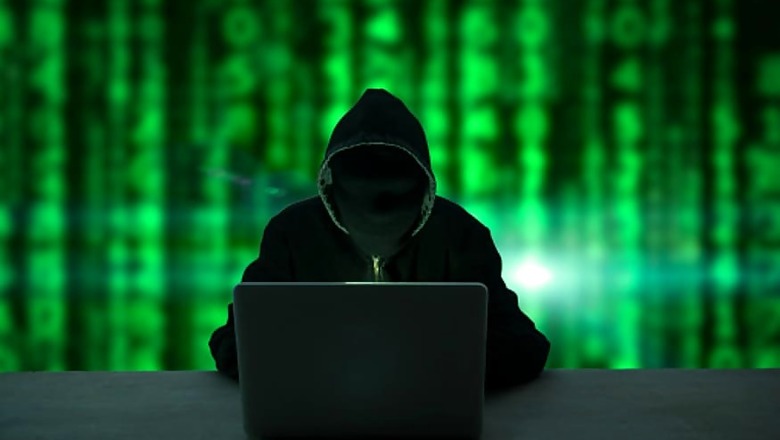
views
Critical cyber attacks from masked sources increased sharply within a span of just 20 minutes, during India's geopolitical conflicts including the recent border stand-off against neighbouring nation, Pakistan. The fact was revealed by Prayukth K.V, head of IoT marketing at Subex, which monitors critical and connected IoT (Internet of Things) deployments by official bodies that typically operate in sensitive sectors such as smart city developments, digital identity databases, smart roadways, etc. These attacks are rising in consistency, sophistication and readiness to react in opportune moments.
Speaking to News18, Prayukth stated, "The recent cyber attacks are also looking at geopolitical tensions. During India’s recent heightened tensions against a geographical neighbour, we noticed increased reconnaissance activity by attackers, and once the actual firing began, we noticed a sharp increase in the number of full fledged attacks on IoT deployments in the defence space."
Highlighting how critical this can prove to be, Prayukth added, "This underlines the ability of these cyber criminals to strike at will. We have actually seen cyber attacks on critical equipment scale up within just 20 minutes, which we saw during the previous conflict. That is how ready cyber attackers are." Led by their India managing director and chief executive, Vinod Kumar, Subex has recently begun operations in India, and serve as a provider of critical cybersecurity infrastructure in official deployments.
Prayukth stated that these attacks are steadily rising even during times of non-conflict, and are also very difficult to trace back to their origins. He said, "In terms of critical infrastructure attacks, there is a lot of inbound malware traffic coming in from Central and Eastern European countries, although these are masked traffic where the geographical identities are disguised. These attacks are also very specific in nature, and target only a specific element. In terms of numbers, we’ve seen a 22 percent increase in attacks on India — the previous quarter registered about 800,000 attacks of high potency, which went up to 1.1 million in the latest quarter."
The recent increase in the intensity of cyber attacks on India has been a result of increasing digitisation of resources, attracting third party threat actors to concentrate their efforts this way. CEO Kumar told News18 that while this holds true, the Indian government is already holding internal discussions and taking steps to adopt cybersecurity standards as a key element. He further insisted that IoT should not be looked upon as a harbinger of cyber attacks, but instead as an enabler of progress.




















Comments
0 comment